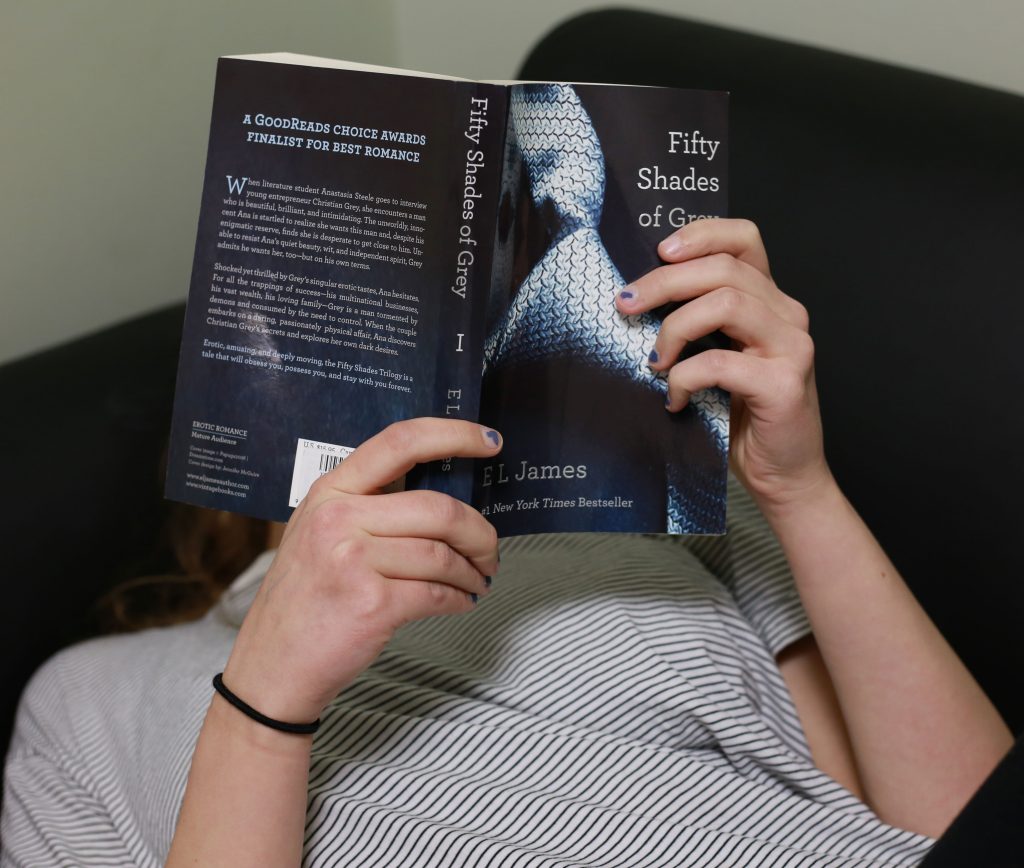
Pornography is everywhere. It’s in small towns and big cities, magazines and videos, the internet and real life, and, starting as recently as 2016, in virtual reality.
The easy accessibility of pornography was apparent in the results of Pipe Dream’s Sex Survey, with over 80 percent of respondents indicating that they watch porn.
According to Dara Silberstein, a visiting assistant professor of women, gender and sexuality studies at Binghamton University, pornography isn’t a modern invention.
“Pornography has existed throughout human history though its production has changed as a result of new technologies,” Silberstein wrote in an email. “For instance, the fact that we can now stream pornographic films has increased its consumption.”
In fact, countries are sometimes judged by the prevalence of pornographic material in their society and the laws they place upon it. Nations with stricter pornography laws are often seen as less democratic, especially when compared to the United States, where pornography is classified as protected speech, except in cases involving illegal activity like child pornography. Silberstein said this can lead to pornography being used as a flashpoint for activism.
“Liberal nation-states are often judged by the degree to which they regulate pornography and as a result those who engage in its production may do so as a challenge to government authority,” Silberstein wrote. “A classic example of this is the Marquis de Sade whose pornographic material was mostly written while he was imprisoned and nearly always tied his work to the liberal ideology that helped to inform the French Revolution.”
Despite the accessibility of pornography, it remains a controversial subject. Even the definition of pornography seems up for debate — one respondent from Pipe Dream’s Sex Survey asked if erotica counted as pornography, and others who responded said they used nontraditional forms of pornography such as GIFs. Silberstein said porn does not necessarily have a set definition.
“[Supreme Court] Justice Potter Stewart once said, ‘I know it when I see it’ in his effort to provide a legal perspective on what distinguishes pornography from obscene material,” Silberstein wrote. “While this is insufficient as a legal definition it is likely that many people would agree with the statement.”
Pornography may be difficult to define, due in part to the vast number of ways in which people consume it. Our Sex Survey results showed that most students use video pornography, often from websites like PornHub, but approximately 28 percent of respondents indicated they use more than one form of pornography, some of which originates on social media and websites not necessarily intended to host adult content, like Reddit. Because there is such a large variety of sources, there is also an increasing variety of pornography, including images and videos catering to specific, niche fetishes.
“Any image can arouse erotic responses,” Silberstein wrote. “For instance, there are those who have a ‘crush’ fetish and are aroused by images of women stepping on and crushing insects and small animals like snails.”
Furthermore, students are using pornography in different situations. While the narrow majority of respondents indicated that they had never watched pornography with another person, roughly 46 percent indicated they had done so. Other respondents said they had viewed porn with friends in social situations, but not in a sexual context, instead criticizing it and using it as a form of amusement. One respondent also indicated they had accidentally viewed pornography with another person with the video unexpectedly starting while they were in class.
No matter how students consume pornography, one thing seems clear — there is something out there for everyone.


